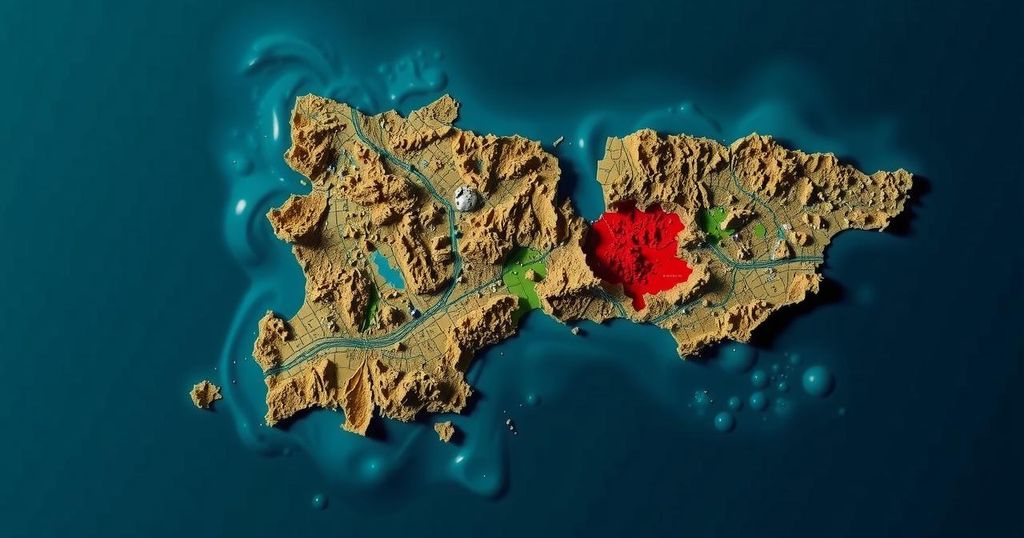Puerto Rico is currently experiencing a significant seismic activity with over a dozen earthquakes reported in the last 24 hours, including a notable 4.0 magnitude quake. Classified as a seismic swarm by the USGS, these quakes underline the region’s tectonic instability, making preparedness essential for residents. Despite no reported damages, vigilance remains critical as communities are advised to maintain emergency readiness in the face of potential future tremors.
Over the past 24 hours, the Puerto Rico region has encountered a significant uptick in seismic activity, registering more than a dozen earthquakes. The most prominent of these, measuring 4.0 in magnitude, occurred 138 kilometers northeast of Vieques at a depth of 33 kilometers. Following this primary quake, a series of aftershocks ensued, with magnitudes of 3.6 and 3.8 recorded. The U.S. Geological Survey (USGS) has classified this phenomenon as a seismic swarm, indicative of the persistent tectonic movements characteristic to this region.
Puerto Rico’s geographic location near the converge of the North American and Caribbean tectonic plates renders it particularly susceptible to seismic events. While the majority of these earthquakes originated offshore, minimizing potential damage on land, their frequent occurrence has heightened caution among residents and local authorities. As communities in Puerto Rico are well-versed in dealing with such natural occurrences, they remain watchful for the possibility of more intense tremors.
This seismic swarm underlines the necessity for robust earthquake preparedness. Experts recommend that residents maintain emergency kits and regularly review safety protocols. Though recent reports indicate no significant damage resulting from these earthquakes, they serve as a pivotal reminder of the region’s ongoing vulnerability to natural disasters. Citizens are encouraged to stay updated as the USGS continues its monitoring of this evolving situation.
Seismic activity is a frequent occurrence in Puerto Rico due to its position along the boundary of the North American and Caribbean tectonic plates. This geographical reality causes the region to experience various earthquakes, some of which can be intense. Earthquakes can occur in swarms, where multiple tremors happen in close succession, reflecting ongoing tectonic shifts. Awareness and preparedness for such events are crucial for the safety and well-being of the affected communities, which have historically had to navigate the challenges posed by natural disasters.
The recent series of earthquakes in Puerto Rico highlights the region’s inherent seismic risks and the importance of preparedness among its inhabitants. Residents are reminded to stay vigilant and informed, despite there being no significant damages. The ongoing monitoring by the USGS serves as a crucial component in understanding and addressing the impacts of these natural occurrences. The need for emergency readiness is emphasized, reinforcing the importance of disaster preparedness in vulnerable regions such as Puerto Rico.
Original Source: countryherald.com






